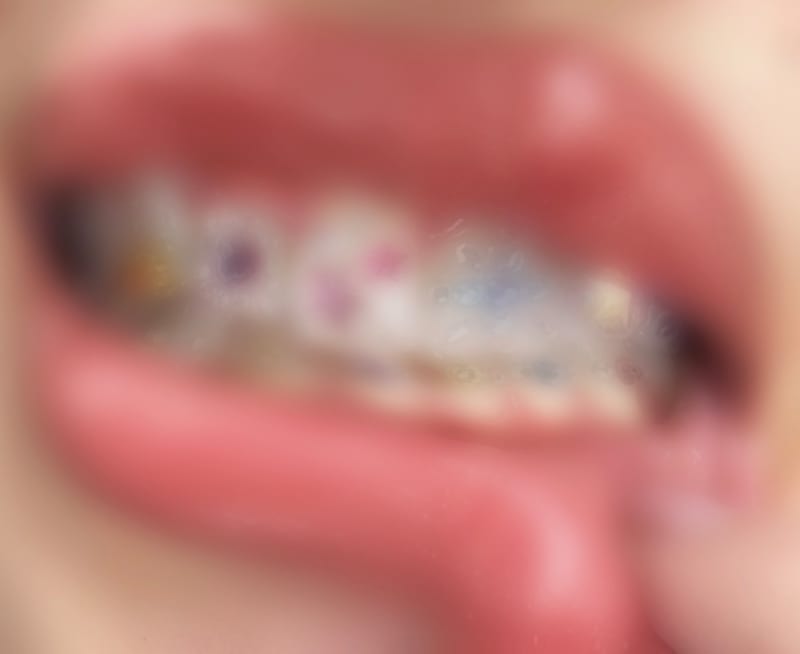Liminal Ghosts: Fluid Identities on the Threshold
Melih Aydemir
Melih Aydemir
Liminality has a quality of ambiguity, it describes a situation where our previous identity structuring stands in ‘between and betwixt’ towards a new way of understanding. A liminal space comes with its uncertainties, it welcomes us to the unknown. Peschek's exploration of liminality resides at the intersection of reality and the virtual realm, while also pondering the potential for eternity. The desire of disembodiment and liminality has a gnostic history: escaping the body, finding immortality through an afterlife, transcending the body, finding heaven. Some might say the internet has become the new religion, and cyberspace is the new heaven.* This raises the question of how we navigate these virtual heavens. And what of our physical bodies? How do they coexist within this threshold?
In Liminal Ghosts, Christiane Peschek examines our transitioning state, she stands in the threshold of reality and virtual as her physicality is in suspense. Christiane Peschek’s artistic practice has a long history of treating virtuality as an extension of ourselves with its possibilities. She focuses on liminal spaces of the internet to research the bodies in transition. Instagram appears as one of these liminal spaces where humans transition from their physicality to hyper-potent and hybrid versions of themselves. The platform, with its curated feeds, serves as an intriguing microcosm of our obsession with self representation and identity construction. Peschek treats Instagram feeds as archival libraries showcasing a glimpse into our eternal quest for self-presentation, creating an afterlife-like eternity where virtual bodies float in an endless sea of images.
The fluidity of visual possibilities of the internet is shifting by the overstimulation and algorithmic impacts on the visual representations of bodies. The current state of virtual bodies follows a pattern of similar editorial approaches. Christiane Peschek creates folders with images of gendered bodies of the internet and retouches them to reclaim their once fluid existence. Ghost like approach of her portraits transforms the identities to smoothened surfaces. Using retouch as a tool, Peschek positions herself as a caretaker for images, with every stroke, hardened physicality loses its cells into the liquified virtuality. In betweenness of her research shows itself also in the material choices of her work. Retouched images use fleece material as a nest, intriguing viewers for an intimate physical touch. She also applies ink on top of the fleece, adding another layer of liminal exploration of the material. Gallery space transforms into a digital sanctuary with the light reflective elements installed on the walls indicating crosspoints of a grid.
Liminal Ghosts is an attempt to build a temple where the identity fatigue of the internet is present with its out of the binary existence. Peschek examines the interexistence of transitional bodies, and finds them a fluid presence through her retouches. The exhibition allows us to question self-representation in the times of over stimulation of an internet-driven society.
*This part of the text builds on the ideas introduced in Be Magazine’s 4th edition Holodecks, published by Künstlerhaus Bethanien Berlin in October 1996.

